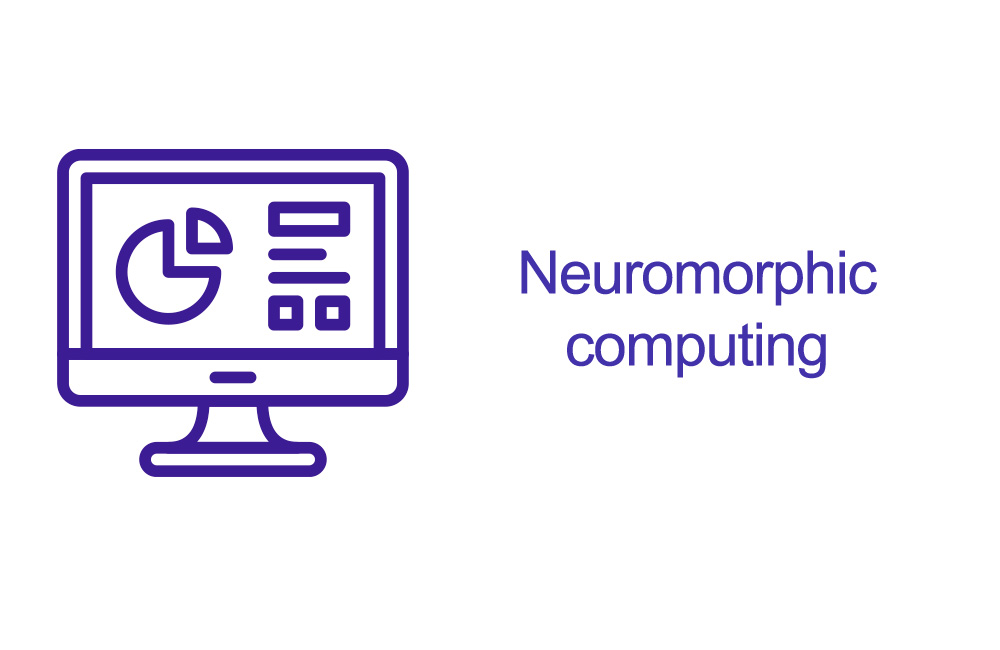Neuromorphic computing

Purpose of the collection
This collection of courses introduces the eight-dimensional space that defines the scope of current and future research, education, and applications in neurotechnology. It focuses on Neuromorphic computing .
Neuromorphic computing
Neuromorphic computing aims to replicate the structure and function of neural circuits in electronic hardware, offering an alternative to traditional computer architectures. This approach promises high computational efficiency with reduced power consumption, essential for advancing neurotechnology applications.
Example: Neuromorphic processors in smartphones enable advanced features like real-time language translation and more efficient voice recognition.
Courses in TrainingSpace
These are non-credit courses on the INCF TrainingSpace.
Number of courses: 3-
Introduction to neuromorphic devices Level: 2 MediumThis video gives a brief introduction to Neuro4ML's lessons on neuromorphic computing - the use of specialized hardware which either directly mimics brain function or is inspired by some aspect of the way the brain computes.
Topics covered in this lecture:
- Power consumption
- Limits of standard computational hardware -
Neuromorphic computing Level: 2 MediumIn this lesson, you will learn in more detail about neuromorphic computing, that is, non-standard computational architectures that mimic some aspect of the way the brain works.
Topics covered in this lecture:
- Parts of neuromorphic computing
- Matrix vector multiplication
- Emulating neurons -
Brian for neuromorphic computing Level: 1 IntroductoryPresentation of the Brian neural simulator, where models are defined directly by their mathematical equations and code is automatically generated for each specific target.
Topics covered in this lesson:
- Neuronal model standardization
- Evolution of model development and standards
- Neural plasticity models



